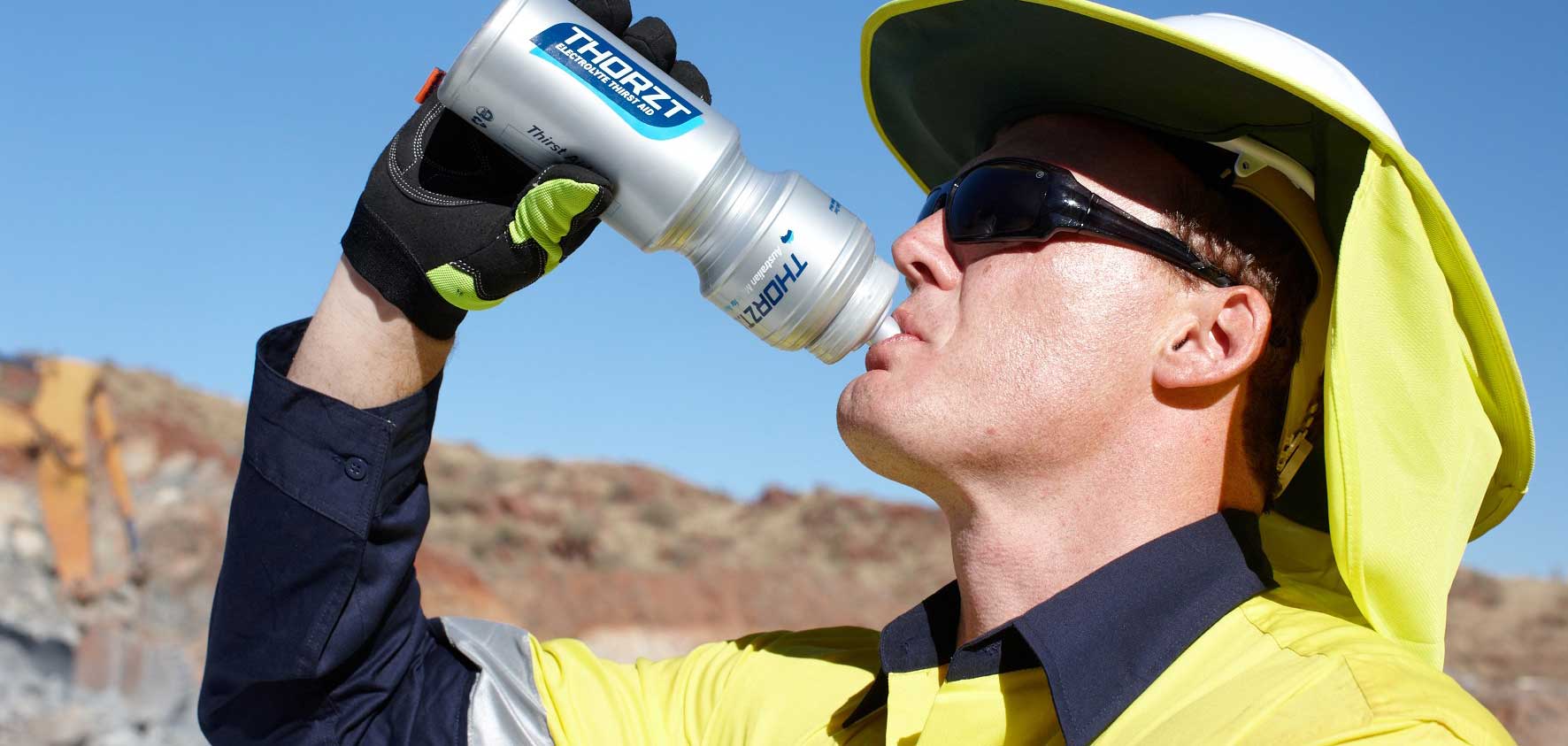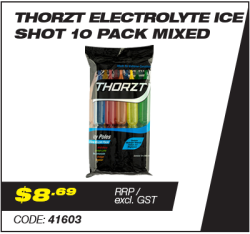What is dehydration?
Dehydration simply means the body is losing fluids and nutrients faster than they are being replaced.
This creates an imbalance of the essential components your body needs to function properly – this doesn’t just mean water but things like minerals and essential salts too.
Almost every bodily process requires water to function and the human body is up to 60% water.
Take blood for example, it is made up of 80-90% water and is responsible for the efficient transportation of vital nutrients around the body. Any imbalance reduces the efficiency of our bodies.
The human body cannot produce water by itself. So, it’s really important to stay hydrated.
How do we get dehydrated?
Think about sweating on a hot, sunny day – that’s your body losing fluids. But dehydration is not just a summer problem. Extreme physical exertion can cause sweating whatever the weather and there are many other ways the body can lose fluids. These include:
- Breathing
- Urinating
- Sweating
- Vomiting
- Diarrhoea
Stage of dehydration
Symptoms of dehydration are difficult to determine in the early states but can include dryness of the mouth and thirst, dry warm skin, dizziness or cramping in the arms and legs.

As dehydration increases, signs may include:
- Irritability
- Drowsiness
- Irrational thinking
- Skin inelasticity
- Facial flushing
- Increased pulse rate
- Darker urine
- Passing less urine than normal
- Sunken eyes
Did you know 50 to 60% of workers report to work in a mildly dehydrated state (1-4% of body fluid)?
Workers can sweat anywhere from 500ml to 2.5L per hour.
For every 1% increase in dehydration, the heart rate increases by 4 beats per minute.
It’s clear - dehydration can seriously impair judgement and physical performance. That’s why it’s really important that workers stay hydrated so they can work efficiently and safely.
Fluid replacement
When it comes to rehydrating it’s important to think about the situation – at a most basic level you obviously need to drink more when it’s hot. But whilst drinking water replaces lost fluids it doesn’t replace essential salts, minerals, carbohydrates and amino acids needed to maintain optimum performance and productivity.
In a thermally stressful environment such as roading projects in the height of summer or a mine site where workers can sweat anywhere from 1L – 2.5L per hour, a specially formulated mixture of electrolyte salts is required to replace fluid losses. This is where electrolyte drinks such as THORZT are so valuable.
Electrolyte drinks like THORZT increase water retention by 25-40% compared with drinking plain water. They are specifically formulated to help workers avoid dehydration particularly in extreme conditions.
How much water should workers be drinking?
This can obviously vary depending on weather and location and the type of work. But a basic guideline would be:
- Drink 250ml of water every 15 minutes in warm environments
- Outdoor workers: for every 3 cups of water drink 1 cup of THORZT
- Indoor workers: for every 6 cups of water drink 1 cup of THORZT
- Increase electrolyte intake when experiencing extreme sweating





